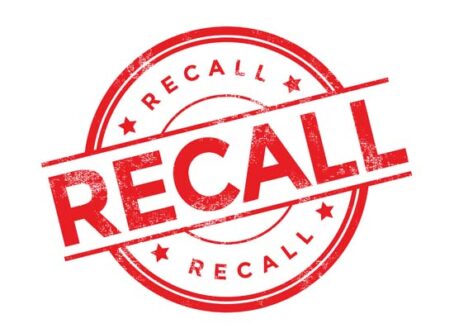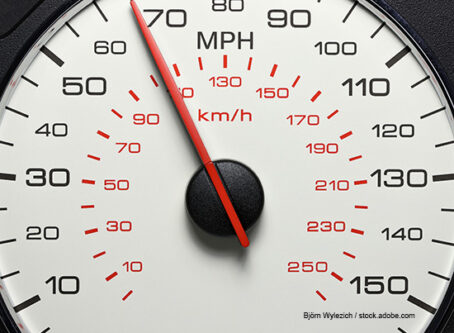FMCSA grants exemption request for digital mirror system
The Federal Motor Carrier Safety Administration has approved a limited five-year exemption to allow motor carriers to operate with a commercial vehicle digital mirror system as an alternative to two rear-vision mirrors.
FMCSA’s acceptance of the exemption request from Robert Bosch LLC and Mekra Lang North America LLC is scheduled to publish in the Federal Register on Thursday, Sept. 17.
In May 2019, Bosch and Mekra Lang submitted an exemption request to FMCSA to allow their commercial vehicle digital mirror system to replace the mandated side rearview mirrors. According to the companies, their cameras are mounted on the exterior of the vehicle on the upper side of the cabin on the same vertical plane as traditional mirrors, while the video screens are mounted inside the cab on the A-pillar.
“The system’s cameras and video displays are securely mounted to ensure that vibration does not adversely affect the field of vision or cause the driver to misinterpret images,” the companies wrote in their exemption request. “The video from each camera is processed independently so that if one camera fails, the other camera and its video images will not be affected.”
The companies said the features of their system will “improve the performance of the vehicle’s side- and rear-visibility system over traditional mirrors.”
The digital mirror system was tested on trucks in Europe for two years, they said.
FMCSA published the request in January and opened the public comment period for 30 days. The request received comments from the American Bus Association and two individuals.
The American Bus Association was supportive of the exemption, saying that the digital mirror system “provides additional visibility benefits” when compared to traditional mirrors.
Both of the individual commenters discussed concerns about when the cameras aren’t functioning. One commenter suggested having the digital mirrors in addition to traditional mirrors as opposed to being a replacement.
“I would recommend putting the cameras on in conjunction with the mirrors,” an anonymous commenter wrote. “This way the driver can have the mirror there in case of a camera failure.”









